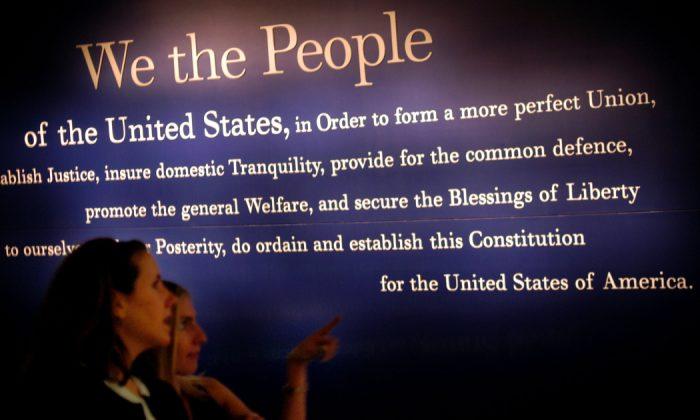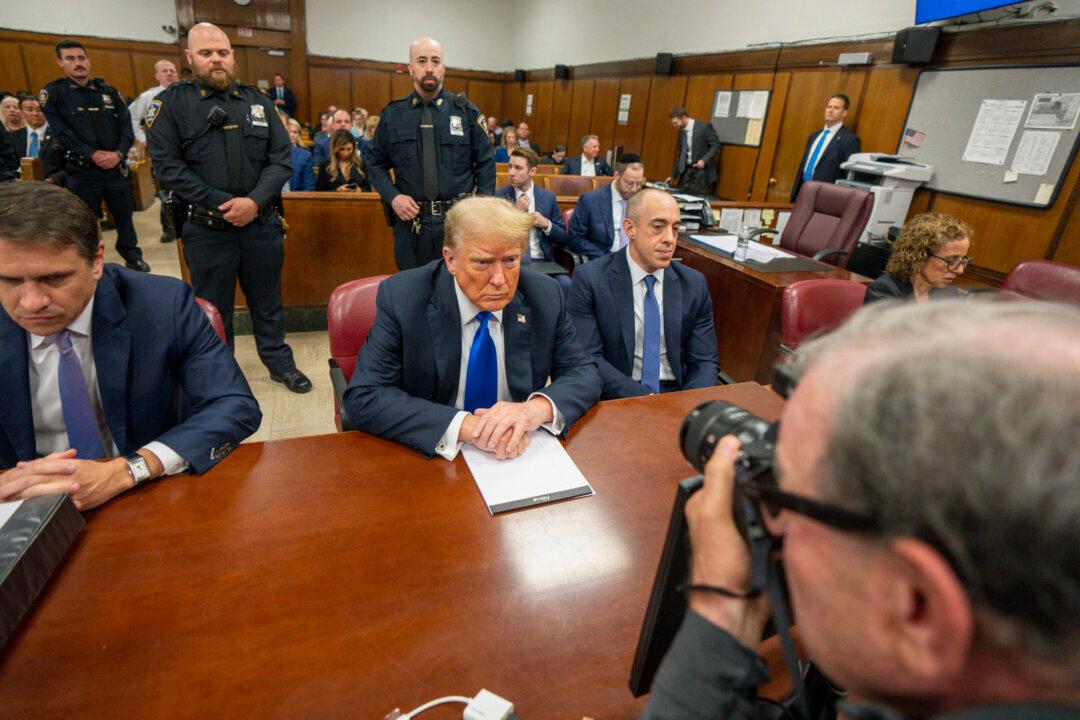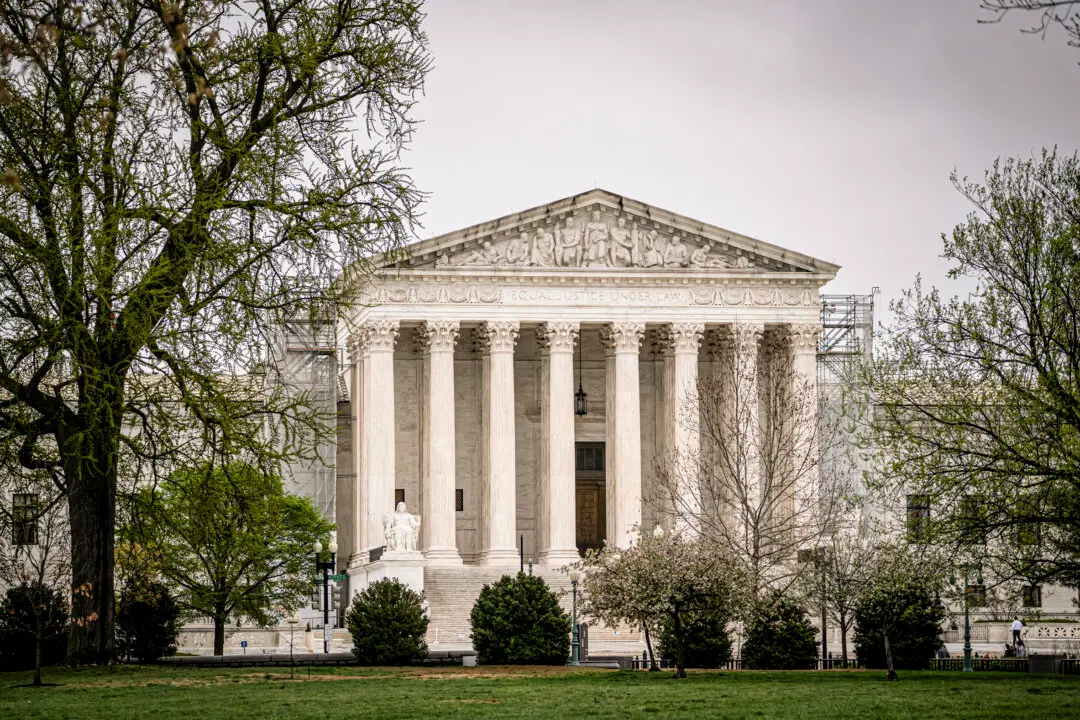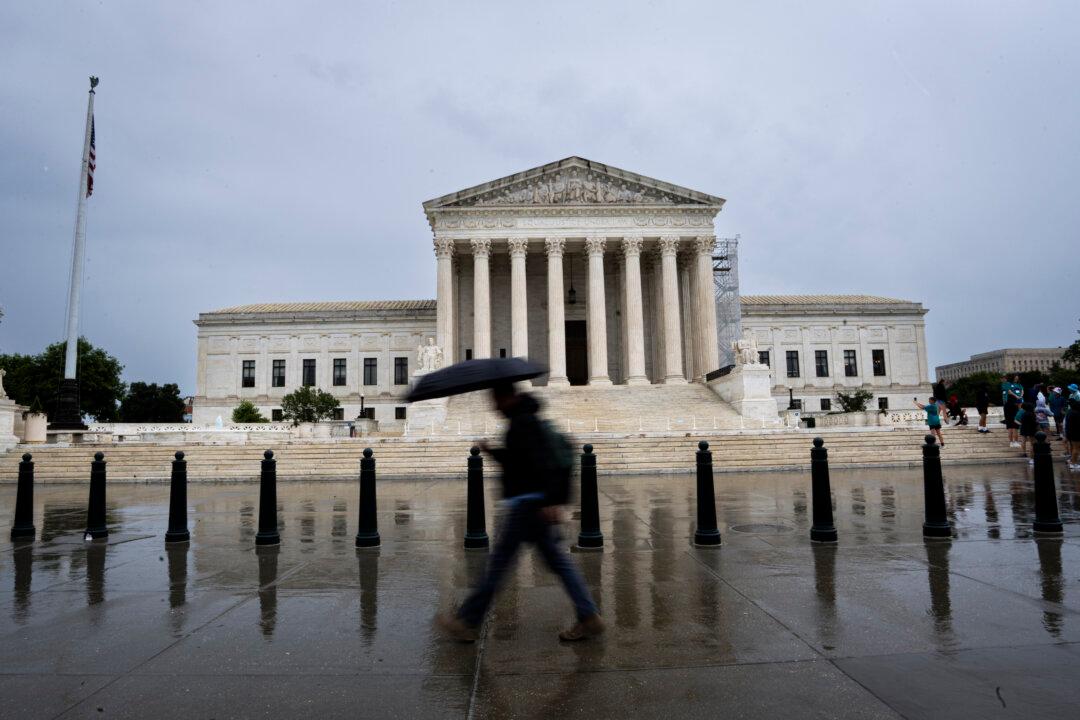The Constitution begins with an introduction called the “preamble,” a word from the Latin praeambulus, meaning “walking before.” The preamble to a legal instrument identifies the parties, states crucial facts, and/or explains the purpose of the document. The “Whereas” clauses appearing in some documents are preambles.
As is true of the Constitution in general, there’s far more to its preamble than what first meets the eye.
Gouverneur Morris was the principal author of the Constitution’s final draft. Morris lived in New York state, but he was visiting Philadelphia when the Constitutional Convention was about to meet. Pennsylvanians were so impressed that they chose him as one of their convention delegates. Pennsylvanians were like that: A few years earlier, they had tapped John Dickinson to be the president of their state, at the very time when Dickinson was serving as the president of Delaware.
The Constitution is a grand and important document, so Morris labored to give it grandeur and gravity. His preamble comprised but a single sentence:
“We the People of the United States, in Order to form a more perfect Union, establish Justice, insure domestic Tranquility, provide for the common defence, promote the general Welfare, and secure the Blessings of Liberty to ourselves and our Posterity, do ordain and establish this Constitution for the United States of America.”
The Archaic Style
One way to convey grandeur and gravity is to write in a somewhat archaic manner. The 1611 King James Version of the Bible derives some of its majesty from the fact that it employs language that was archaic even in 1611.The Form of a Royal Charter
Another way Morris lent dignity to the preamble was by borrowing and adapting a pattern found in royal charters.Although the Founders had rejected kingship, they had grown up under a monarchy, and royal forms and devices could still stir their emotions. One such device was the royal charter, a document by which a king or queen granted land, other property, and privileges to named grantees. Royal charters loomed large in Anglo-American history, and most of the American colonies had been authorized by and governed by royal charters.
Royal charters typically began with the name of the king or queen as grantor. Morris, like the other Founders, rejected kingship and thought of the Constitution as a grant from the sovereign people to government officers and agents. So he fitted republican theory into the charter form by replacing the name of the king with the phrase “We the People.”
Alliteration, Rhythm, and Rhyme
Another way of conveying gravity and grandeur—as well as beauty—is to adorn the text with alliteration, rhythm, and rhyme. Eighteenth-century writers, educated in the Greek and Latin classics, were particularly fond of doing so.The Constitution’s preamble is composed of (a) six distinct couplets of two lines each, (b) three distinct thirds of four lines each, and (c) two distinct halves of six lines each. I’ve reproduced each line below, and after each, I’ve shown how it is scanned. An m-dash (—) indicates a long or accented syllable. A dot (.) indicates a short or unaccented syllable.
Here’s the first couplet:
We the People of the United States,
in order to form a more perfect Union,
Observe that both lines contain nearly the same number of syllables: 10 and 11. Both contain the metrical foot called a molossus, which consists of three heavy syllables (— — —). Poets use molossi to convey grandeur.
Alliteration further ties the couplet together. The “p” sound appears in “People” and “perfect,” and voiced and unvoiced “f’s” appear in “of,” “form,” and “perfect.” The second line also contains a near rhyme (ORder ... fORm), open sounds communicating grandeur.
Here’s the second couplet:
establish Justice,
. — — — .
insure domestic Tranquility,
. — . — . . — . .
The meters of these two lines are less similar than the two in the initial couplet, but they’re tied together in other ways. Both lines are relatively short compared with those around them. Together they contain four “s” and two “sh” sounds.
The third couplet is:
provide for the common defence,
. — . . — . . —
promote the general Welfare,
These two lines begin with the same syllable (“pro”). Each has the same number of syllables (eight), and their metrical schemes are nearly identical.
Here’s the fourth couplet:
and secure the Blessings of Liberty
. . — . — . . — . .
to ourselves and our Posterity,
. . — . — . — . .
These two lines share nearly the same number of syllables and a similar metric scheme. Each line features alliteration based on the letter “s.” They end with the near rhymes “Liberty” and “Posterity.”
Here’s the fifth couplet, consisting of two lines of similar meter:
do ordain
. . —
and establish
Finally, we reach the sixth couplet:
this Constitution
. — — — .
for the United States of America.
My scanning shows each of the two lines in the sixth couplet as containing a molossus. My youngest daughter, Sarah Romano, who has more classical literary training than I do, prefers to read my molossi as cretics (— . —). Either way, the preamble has returned to its initial grandeur.
There’s more: As noted above, the preamble can be divided into thirds and halves as well as into couplets. The first third ends with “Tranquility.” This word forms a metrical foot known as a secundus paeon (. — . .). The second third ends with “Posterity”—another secundus paeon. The final third ends with “America,” still another secundus paeon.
Each of the preamble’s two halves consists of three couplets—the first through the third and the fourth through the sixth. In each case, the middle couplet (second and fifth) is very short. Just as the middle couplet of the first half begins with the word “establish,” the middle couplet of the second half ends with the same word: “establish.”
The overall effect is a piece of writing that’s intricate and perfectly balanced, majestic and sonorous.
Modern law professors tell their students to draft documents that are direct and without adornment. We can be grateful the Constitution’s framers didn’t follow such advice.





